Sewing Thread: Definition, Types and End Uses
Last updated on March 19th, 2024 at 07:46 pm
Sewing thread is a basic raw material for giving desired shape to a garment and holding the body parts together by creating seams. It is a very important item for tailoring shops, industrial garment manufacturers and fashion houses. It has both functional and aesthetic properties. When we are using it for making seams then it is playing its functional role and when we are using it for embellishment purposes like embroidery or applique then it is playing its aesthetic properties.
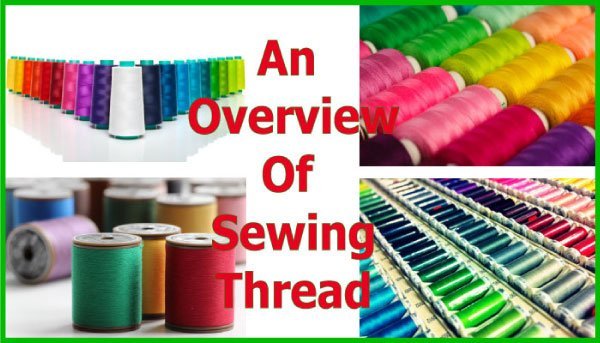
Besides, it is also used in the automotive industries for making car seats, airbags, seat belts and the vehicle interior design. It is also used in the footwear industries. It has a great use in the embroidery industries too.
As sewing thread has a variety of types and end uses, we should have proper knowledge about it before buying and using. Now we will know about the definition, types and end uses from below illustration.
Definition of Sewing Thread
Sewing thread is a trim which ensures the functional properties of a garment or any clothing product by securing the seams. It is a special type of yarn which is used for sewing but not for knitting or weaving.
It can be made of staple fibre or continuous filaments by twisting hardly or slightly. Two or more filament yarns are twisted together to make threads. Sometimes single filament is also used. Natural or synthetic or blended fibres can be used to make sewing threads.
If we talk about closing and top stitch seams then core spun threads are perfect which can give outstanding quality seams. For over locking or cover stitch seams continuous bulk filament threads are perfect. For high quality denim garment, natural and synthetic fibre blended core spun threads are perfect for closing seams. For achieving perfect seam strength for leather goods, continuous filament threads are perfect.
You may also like: What is Textile Recycling?
Classification and End Uses of Sewing Threads
Above 90% of sewing threads are manufactured for industrial and commercial purposes. Now day manufacturers are producing threads of several categories according to end uses with tons of shades with better quality. There are several types of sewing threads are available but the main three basic types are done according to follows:
- Substrate
- Construction and
- Finish
Sewing Thread Classification According to Substrate
According to substrate threads can be classified into two main categories: natural and synthetic.
Natural Thread
These are used in a small quantity in the industrial area. It can be made of cotton, silk, wool, linen etc.
Cotton Thread
Cotton is the most used natural sewing thread and ideal for basic sewing. It has better sew ability with less kinking or drop stitch. When sewing machines run for a long-time needle generates heat which can easily be absorbed by cotton thread. It can easily be dyed and also well molded into the seams. Strength and abrasion resistance are not so good as compared to synthetic threads. Cotton thread can be classified into three categories as follows:
- Soft
- Glace and
- Mercerized
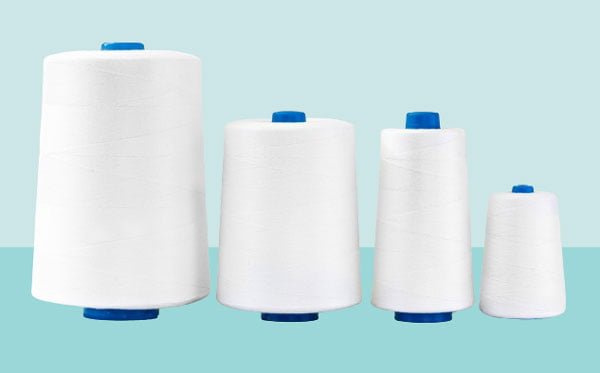
Soft finished cotton threads are only bleached and then dyed. Glace cotton threads are treated with wax and special chemicals for hardness and glossy look. They have greater abrasion resistance than any other cotton threads. Mercerized cotton threads are treated with caustic solution to make them more smooth, lustrous and stronger.
Uses
- Tea bag string
- Soft finished threads are used in the low graded garments.
- Glazed threads are used for sewing heavy materials, leather and canvas.
- Mercerized cotton threads are used in the lingerie products and also for garment dye program.
Silk Thread
Silk thread is costly compared to cotton thread. There are mainly three types of silk thread. They are lightweight, medium weight and heavy weight. Though silk thread is known for its use on embroidery purpose, it is also used for sewing silk and woolen products. It is an excellent sewing thread as it is very flexible and leaves no hole on seams of the products. It can be of double ply or triple ply.
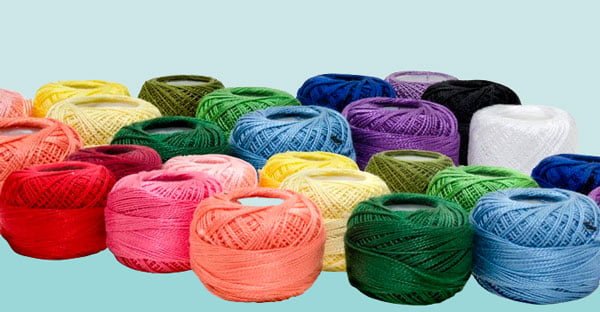
Uses
- Used for embroidery purposes.
- Hand sewing and embellishment purposes.
- Coarser silk threads are used for quilting, making appliques, bindings and tailoring button holes.
- Light weight silk threads are used for delicate fabrics.
Woolen Thread
Woolen threads are stronger than cotton and linen threads and used for embroidery projects and also for making stitches on blankets. Woolen threads are of three types. They are persian, tapestry and crewel. Persian woolen threads are heavy weight, tapestry threads are medium weight and crewel are light weight.
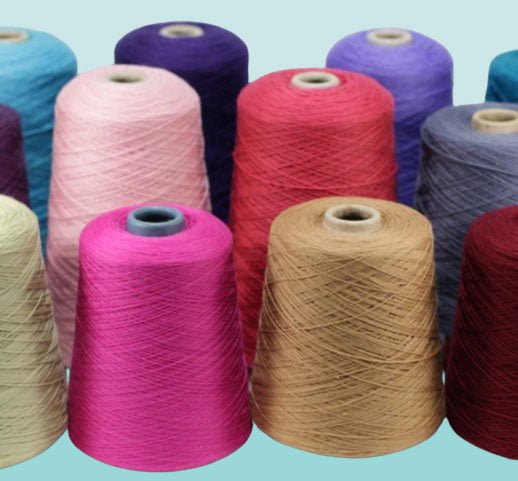
Uses
- Used for embroidery purposes.
- Used for making stitches on blankets.
- Stitching heavy weight fabrics like canvas and woolen.
Linen Thread
Linen is the oldest textile sewing thread. It is suitable for lock stitch seams. It is very easy to dye and swells when wet. Seam made of linen thread enhances the aesthetic properties of a garment as for its natural look.
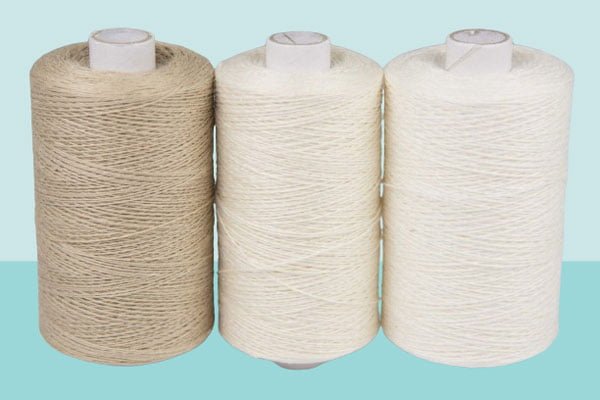
Uses
- Bedding and mattress.
- Book binding.
- Canvas.
- Carpets.
- Lace.
- Outdoor goods and sports.
- Automotive industries.
Synthetic Sewing Threads
The most common synthetic sewing thread used is made of polyester and nylon. Synthetic fibre threads have more resistance to abrasion, less shrinkage, good colorfastness and stronger than natural fibre threads. Due to limitations of natural fibre threads, manufacturers turned to synthetic fibre threads.
Polyester Thread
Polyester threads are stronger and have excellent sew ability. Lubrication is done to make these ready to easily pass through the fabric or leather with little friction. These are suitable for sewing knitted, woven or leather products according to construction and finishes. These are shinier to look at than plain cotton threads.
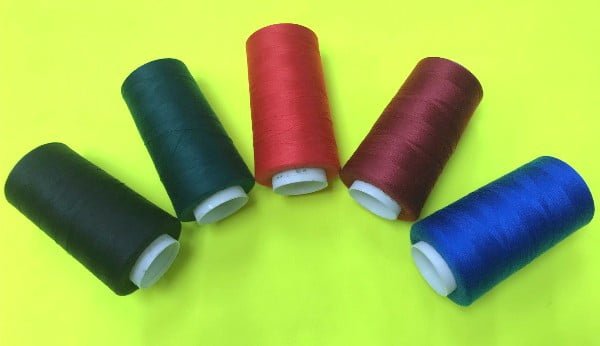
Uses
- Blouses
- Jeans
- Lingerie
- Shirts
- Suits
- Uniforms
- Swimwear
Nylon Thread
It is stronger, finer and more durable sewing synthetic thread. It is suitable for sewing light to medium weight clothing. Sometimes it is specially lubricated for high temperature resistance and better performance without breakage or staining.
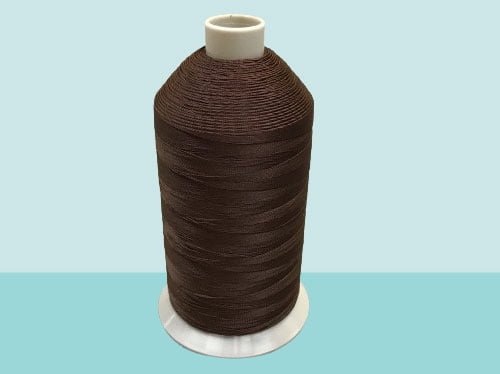
Uses
- Leather footwear
- Leather goods
- Luggage and travel goods
- Outdoor goods
- Sports goods
You may also like:
What is textile waste? Definition and Classification
Sewing Thread Classification According to Construction
Can be classified as follows:
Spun Thread
Spun thread can be made of either from natural fibre or from synthetic fibre. The most common used spun thread is polyester. Staple or spun thread is made from short length fibres. Cotton, wool, flax etc. are natural staple fibres. Synthetic fibres such as polyester or acrylic can be cut into short length and twisted together to create spun or staple thread. Durable and long lasting seams can be made with staple or spun thread.
Uses
- Blouses
- Children wear
- Denim/Jeans
- Knitwear
- Shirts
- Underwear
- Jackets
Core-Spun Thread
It is an industrial thread. Core-spun means continuous filament is in center and staple fibres are mess up around it. It is 40% to 50% stronger than normal spun thread of same weight. Core-spun thread can reduce the number of broken stitches during sewing seams or hems on heavy weight fabric like denim.
Uses
- Blouses
- Jeans
- Lingerie
- Shirts
- Leather products
- Uniforms
Filament Thread
It can be made of a single filament or by twisting more than one filament together or by a little twist of bulk filaments. There are mainly three types of filament threads as follows:
Monofilament Thread
It is made of single continuous fibre. It is stronger and inexpensive but has limitations in usage due to stiffness and less flexibility. Silk is an example of natural continuous monofilament thread.
Uses
- Invisible seams
- Hair wraps
- Quilting
- Flags
- Upholstery
- Clothing
Multifilament Thread
It is made of more than one continuous filaments twisted together. Normally nylon or polyester fibres are used to make this type of threads. It is used where more strength is required.
Uses
- Leather goods
- Footwear
- Garment embellishment
- Vehicle interior
- Luggage and travel goods
Bulk filament or Texturized Thread
Many filaments are bonded together with a very little twist to make this thread. Usually polyester filaments are used to make it. It is soft, voluminous and skin friendly and used for cover stitch seams. It gives maximum edge covering.
Uses
- Men and ladies wear
- Sports and outdoor wear
- Underwear and lingerie
Sewing Thread Classification based on Finishes
In the sewing thread manufacturing factories, finishes are given on sewing threads in the finishing departments to improve sew ability and to achieve any specific functional requirement.
Flame Retardant Finish
This type of finish is given to make the sewing thread resistant to flame.
Uses
- Flame resistance and protective wear
- Industrial gloves
- Military protective wear
- Work wear
Anti-Static Finish
A special type of finish is given to make the thread protective against static charge build up.
Uses
- Suits and footwear for electric assembly line workers
- Conductive textiles
Water Repellent Finish
Hydrophobic finish is given to make the thread water repellent which is used to make water repellent seams.
Uses
- Raincoats
- Outer wear
So, we can say that, if we want a good quality and desired sewing thread, we should have the above knowledge. Please feel free to share this article with your friends and colleagues.

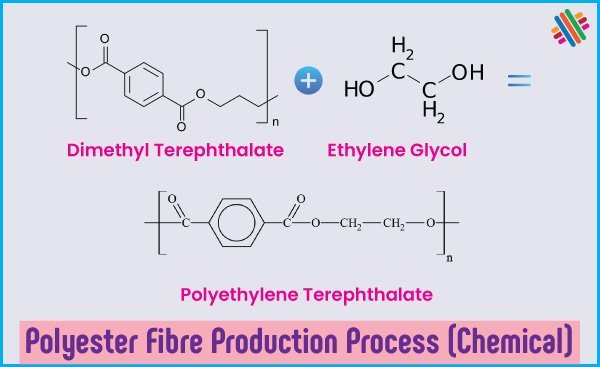

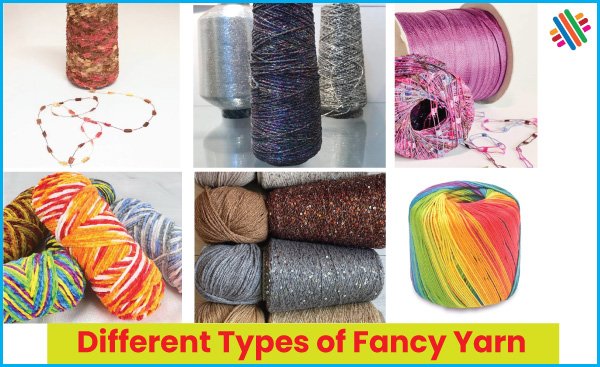
Very informative article… Thanks for sharing.
PE Gloves have become my go-to choice for a wide range of tasks. They are lightweight, comfortable, and provide reliable protection.
The young boys ended up stimulated to read through them and now have unquestionably been having fun with these things.
Fantastic article! The information you provide is important. Thank you for sharing!
I’ve read your article. Honestly, I’ve never read this type of informative and efficient article before. This article will help lots of beginners like me to build skills in embroidery. Love to read your incoming blogs too. Really appreciate your work and dedication.
I’ve read your blog. It was really fantastic and the way you described it is also professional. Will love to read your incoming blogs too, really appreciate your work and dedication.
I’ve read your blog. It was really fantastic and the way you described it is also professional. Will love to read your incoming blogs too, really appreciate your work and dedication.
I’ve read your blog. Honestly I’ve never read this type of blog before. Appreciate your work and will love to read your incoming articles too.
Thanks for this comprehensive guide on sewing threads! I’ve always trusted Coats.com for their high-quality threads, and this article reaffirms my choice. Coats threads never fail to deliver top-notch performance in all my sewing projects
I’ve read your blog. Honestly I’ve never read this type of blog before. Appreciate your work and will love to read your incoming articles too.
I’ve read your article. Honestly, I’ve never read this type of informative and efficient article before. This article will help lots of beginners like me to build skills in embroidery. Love to read your incoming blogs too. Really appreciate your work and dedication.